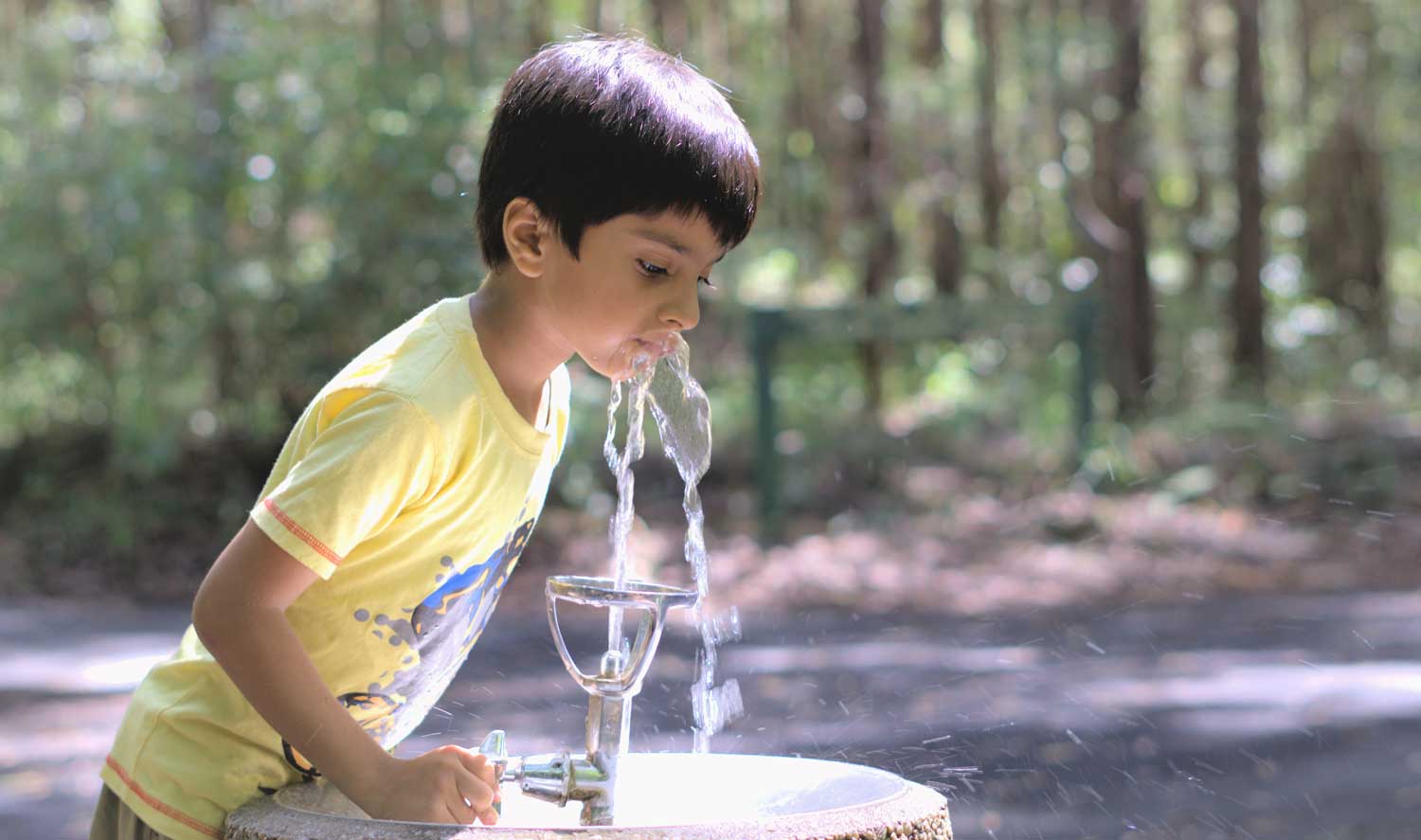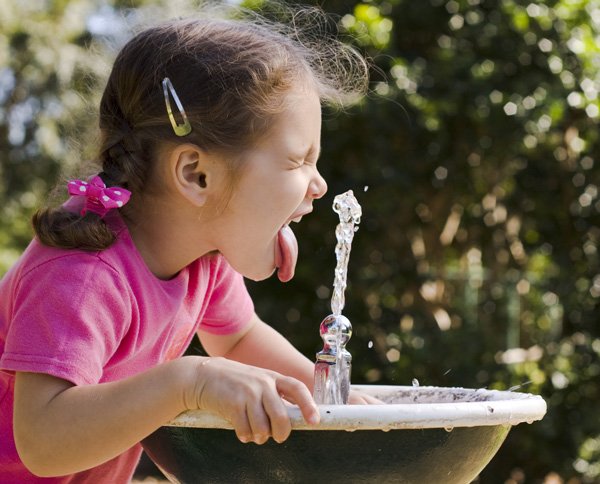Drinking Water: Which Is Best?
Water, if it is to be thought about drinking water, need to be consumable by humans without causing illness or disease. Consuming water should be potable, that is, it needs to be tidy, or drinkable. All life forms on earth need drinking water. People, in particular, require at least 64 fluid ounces, or 8 cups, of drinking water each day for ideal health.
Your drinking water, in the United States, might originate from among several sources.
Many Bottles Water comes straight from the ground unfiltered or straight from the tap

A Public Drinking Water System
The term “public water system” usually describes any water supply that has 15 or more hook-ups, or serves 25 or more individuals. Water systems that serve less than this are considered private water systems. Public water supply might be run by towns or cities, by state or federal firms, by other political neighborhoods like water districts and co-ops, or by personal, for-profit companies. No matter who owns and runs the public drinking water supply, that system should abide by all requirements of the Safe Drinking Water Act.
A Private Drinking Water System?
The term “personal water system” normally describes any water system that serves between 1 and 14 service connections. A private drinking water supply is not regulated by the federal government. Owners of private wells and these non-regulated systems frequently have resources offered to them.
What Is Done to Keep Our Water Clean?
Public law are created to keep our water tidy. Do they work?
According to a nationwide stock by the Environmental Protection Agency (EPA), rivers and streams with water quality rated “good” fell from 65 percent in 1998 to 61 percent in 2000. Estuaries with water quality ranked “great” fell from 56 percent to 49 percent over the exact same two-year duration.
In a report, the EPA described: “Wastewater treatment effectiveness might be leveling off, which, when combined with population and economic growth, might have the impact of reversing hard-won water quality gains. By 2016, pollution levels might be comparable to levels observed in the mid-1970s.”
Did you know nearly 20% of your body mass is Carbon!
What Is Done to Keep Our Drinking Water Clean?
Such reports are not interested in the drinking water that comes out of the tap in your kitchen or restroom. Is our drinking water clean up?
A research study of drinking water systems of 19 U.S. cities discovered that many cities rely on drinking water shipment systems and treatments that date back to before World War I. Those aging pipes will break sometime. Those old-fashioned water treatment plants were constructed to filter out particles in the water, and to eliminate some of the bacteria and parasites, however many fail to remove modern contaminants.
More positively, numerous U.S. cities have updated their systems. They offer excellent drinking water since they:
- Guard the sources of their water (lakes, reservoirs, wells, and streams) versus contamination
- Provide excellent quality pipes, and keep them preserved at all times
- Have contemporary treatment centers that are big enough and high-tech adequate to keep our drinking water tidy.
The Safe Drinking Water Act, a national law protecting faucet water in the U.S., manages local government arrangements for your drinking water.
Bottled Drinking Water
If you are concerned about your drinking water, you might decide to purchase mineral water. U.S. citizens invest billions of dollars each year on bottled drinking water. Some use it in location of other beverages. Others use bottled drinking water since they like its taste or think it is safer than tap water.
Bottled drinking water comes from sources similar to those of tap water. Bottled drinking water’s taste and quality differs amongst brand names. Even bottled drinking water might include at least little amounts of pollutants.
Purified Drinking Water
Finally, you may choose to purify your water through one of many offered filtering systems. Purification systems may be as basic as a pitcher that is filled with water, and dispenses it through a filter. You might attach a filter to the faucet in your kitchen area, or to the water line beneath the kitchen sink. You may get your cleansed drinking water from a carbon filtering system, or you might purchase a reverse osmosis system.
Purified drinking water is more pricey, per gallon, than faucet water, however it may provide the assurance and/or the health you desire.
Drinking water, if it is to be thought about drinking water, should be consumable by humans without causing health problem or illness. The challenge might be less or higher where you live, but it is worth meeting.
Regardless of who owns and runs the public drinking water system, that system should comply with all requirements of the Safe Drinking Water Act.
A study of drinking water systems of 19 U.S. cities discovered that many cities rely on drinking water shipment systems and treatments that date back to prior to World War I. Those aging pipes will break sometime. If you are worried about your drinking water, you may choose to buy bottled water. Others use bottled drinking water since they like its taste or think it is safer than tap water.
Bottled drinking water comes from sources comparable to those of tap water.



